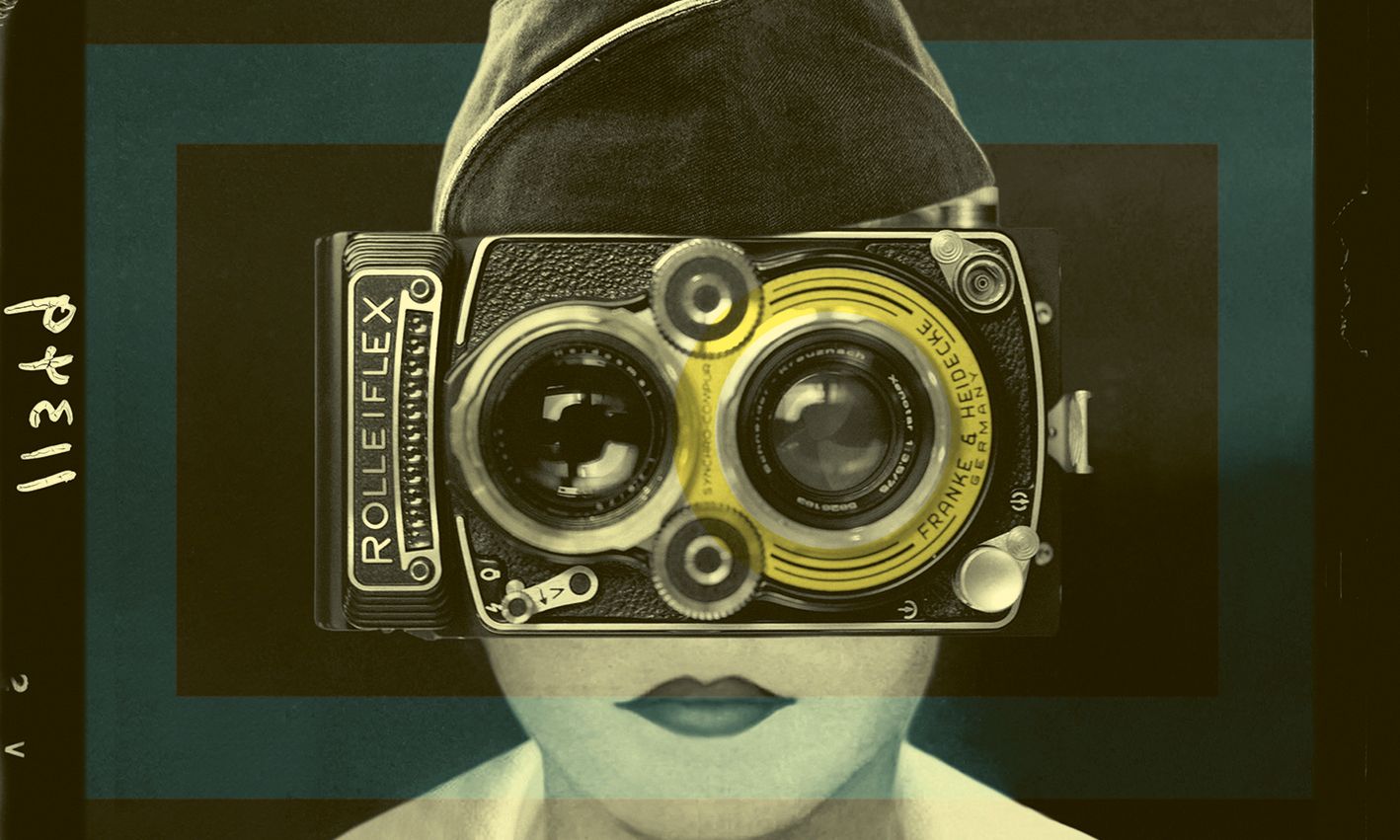Life through a lens: a major survey of Miller’s work is due to open at the Heide Museum of Modern Art, Australia, while a Gagosian show will explore her circle of contemporaries
Illustration: © Katherine Hardy; @katherinehardyillustrator; katherinehardy.com; theartillustrator.com
Georgina Adam, our editor-at-large, comments on major art market trends and their impact on the trade. Her column appears on the first Thursday of every month on our website and in our Art Market Eye newsletter in which our art market editors Anna Brady, Anny Shaw and Kabir Jhala analyse the latest news and works coming up for sale. Sign-up here
Ten years ago I visited Farleys House in East Sussex, the home of the artist and curator Roland Penrose and his wife Lee Miller (and their various lovers) for over 28 years.
I met their son, Antony Penrose, who still lives in the house. At that time, I must say, there was far less interest in Miller. Like so many women, her achievements were partly overshadowed by the men in her life—and there were quite a few—despite her career as a model and photographer.
There was Roland Penrose himself, a frankly rather mediocre painter but one of the few British Surrealists, noted more today as a curator and biographer of Picasso and Miró. Then there was Picasso, who painted her six times, but of course he always gets the limelight. She was also supposedly a “muse” to her lover Man Ray, who “invented” the solarisation process in 1929 while she was his assistant. The story goes that she flipped on the light briefly when a mouse ran over her foot, so creating these images, part positive, part negative, as if lit from behind. Man Ray and Miller worked so closely together that apparently some works she created are still credited to him.
But among Miller’s most searing work was when Vogue commissioned her as a photojournalist during the Second World War—partnered with a male co-photographer, David Scherman. She was among the first photographers to unsparingly document the London Blitz, the liberation of Paris and the concentration camps of Dachau and Buchenwald. With Scherman they visited Hitler’s home in Munich, where he took the famous image of Miller bathing in Hitler’s bathtub, the bathmat muddied with the dirt of Dachau from her boots. On the very same day, 30 April 1945, Hitler and Eva Braun died by suicide in their Berlin bunker.
Love letters and ephemera
I returned to Farleys House this year, to find that it’s now all about Miller. The guided tour concentrates on her legacy, while Antony Penrose has been working on a massive archive: 60,000 negatives, photographs, love letters and ephemera discovered in trunks in the attic. And certainly interest has been ramped up by the film, Lee, which has just come out, starring Kate Winslet and inspired by Antony’s book, The Lives of Lee Miller (1985).
Miller is now receiving both institutional and commercial accolades. In November the Heide Museum of Modern Art in Australia is presenting a major survey of her work (4 November-25 February 2024), curated by Antony Penrose. And in New York, Gagosian is showing Seeing Is Believing: Lee Miller and Friends (11 November-22 December). It will feature photographs by Miller and Roland Penrose, and works on paper by the bevy of artists they knew, lived with and loved: Joseph Cornell, Max Ernst, Dora Maar, Man Ray, Henry Moore, Valentine Penrose and Picasso. And this weekend, the Brighton & Hove Museum is opening Lee Miller: Dressed (18 October-18 February 2024), which will feature images by Lee Miller and some of her clothes that were recently discovered in an attic.
True to form, Larry Gagosian is staying schtum on prices, so I don’t know how much he is asking for her work. But her prices elsewhere are still nowhere near those of contemporaries. Christie’s is offering a gelatin silver print, her portrait of Man Ray, dating from 1931. It is estimated at $6,000-$8,000. But in the same sale, Man Ray’s silver gelatin portrait of Miller, dating from around 1930 and almost the same size, has a heftier estimate: $20,000-$30,000.
Nevertheless, today a modern edition of Miller’s Women Firewatchers (1941) showing masked wardens in London, is priced at around £20,000. In 2007, a print of the same subject sold at Christie’s for just £1,500—which would be £2,400 today. Your time has come, Lee!
• To receive this column every month, sign up to the Art Market Eye newsletter

